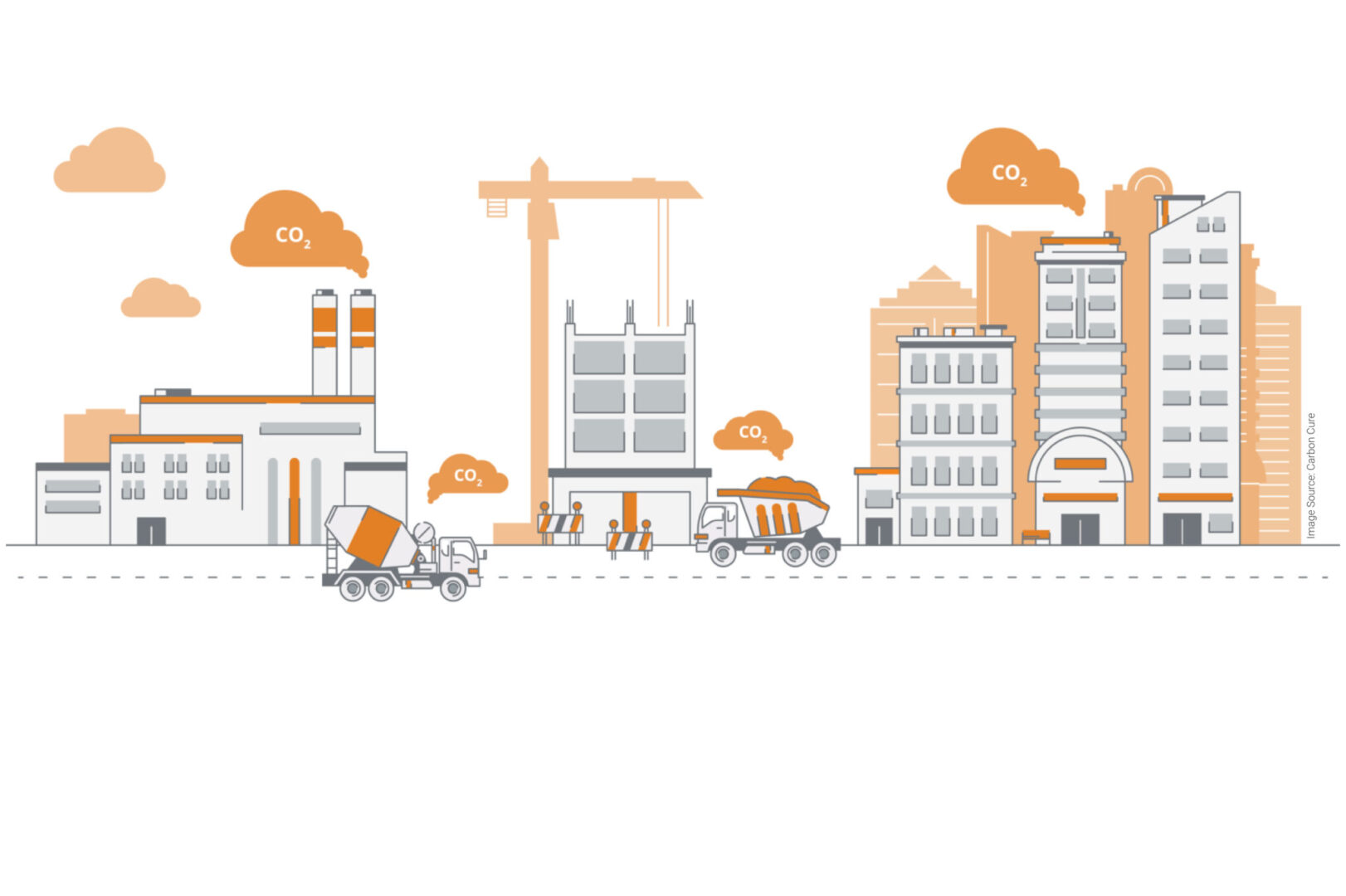By: John Hyde, Senior Sustainability Manager
After years of focusing on operational carbon reduction, it has become evident that this approach alone will not mitigate the building industry’s climate impact. As such, we’re turning our attention toward reducing embodied carbon emissions. Building owners, designers, contractors, and product manufacturers must understand the impact of embodied carbon emissions and work together to minimize them. Since reliable data is limited, we need full industry participation, knowledge sharing, and transparency to tackle embodied carbon.
Identifying and setting embodied carbon goals at the outset of a project is critical. Owners must clearly define and communicate carbon emissions goals and empower the team to achieve them. The goal can be simple, such as measuring the embodied carbon emissions of discrete elements like steel and concrete, or more complicated, such as measuring the embodied carbon emissions of all building components – structure, MEP systems, enclosure, and interior finishes – from mining through completion.
Reducing carbon emissions requires close collaboration. It’s critical to assemble an experienced, motivated team, and establish expectations from the outset. How many assessment iterations will be required during preconstruction? Will one be required when construction is completed? Embodied carbon assessments will require additional time and money. However, their costs are minimal as the assessments are often conducted parallel with cost budgeting efforts to streamline the process.
During the design phase of a project, analysts use Environmental Product Declaration sheets (EPDs), material quantities, and software to complete cradle-to-gate assessments. EPDs are produced by manufacturers and verified by independent third-party agencies to ensure their accuracy. EPDs can be used to compare the environmental impacts of materials and help select those with a lower environmental impact. Using third-party verified EPDs is good practice and will improve the accuracy and credibility of an assessment.
Focus on the most energy-intensive and impactful elements, such as concrete, steel, insulation, glass, and HVAC systems. Steel and concrete typically have the most embodied carbon, so evaluating alternatives like light wood framing and mass timber can offer significant opportunities to reduce embodied carbon emissions. Using responsibly sourced wood has the added benefit of biogenic carbon storage, meaning it sequesters carbon from the atmosphere and stores it within the building. When possible, reuse salvaged items and divert them from the landfill; their embodied carbon emissions have already been realized.
Carbon emissions from construction activity are greatly influenced by the contractor’s means and methods, as well as the available energy sources and weather conditions. Assessing jobsite emissions requires close cooperation with subcontractors and vendors since emissions from their activities contribute to the overall embodied carbon footprint of the building. Consider your emissions from fossil fuel combustion for trucking, temporary heat, jobsite processes, electricity consumption, and fugitive refrigerants. Establishing anti-idling policies, procuring regional materials, and purchasing renewable electricity offsets are some simple strategies to deploy.
Beyond upfront embodied carbon emissions, buildings will continue to generate carbon emissions for their entire life cycle. Whether it’s routine maintenance, renovations, systems upgrades, or deconstruction and disposal, all of these events impact the climate and should be considered carefully to reduce their emissions and environmental impact.
Taking steps to reduce embodied carbon emissions produced during construction is more important than ever. There are currently no regulations around embodied carbon reduction in the construction industry. Without change, our building practices will continue to exacerbate climate change for hundreds of years. Reducing embodied carbon in construction is our obligation and is essential for meeting our climate goals.


